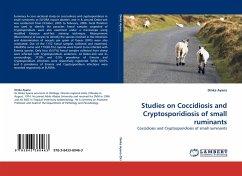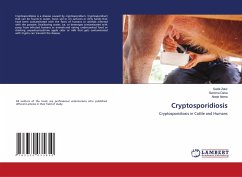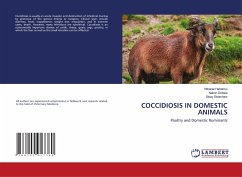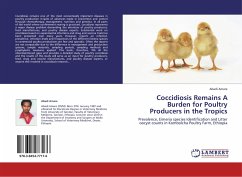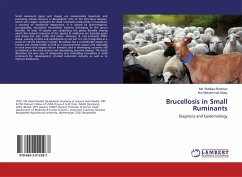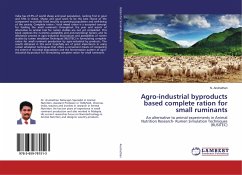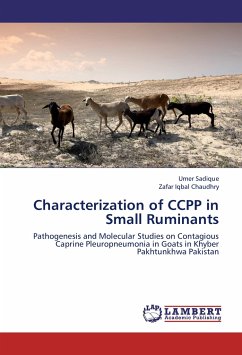Summary A cross sectional study on cocciodiosis and cryptosporidiosis in small ruminants at ELFORA export abattoir and in & around Debre-zeit was conducted from October, 2005 to February, 2006. Fecal flotation was used to identify the parasites Faecal samples suspected of Cryptosporidium were also examined under a microscope using modified Kinyoun acid-fast staining technique. Measurement (Micrometery) of oocysts to identify the species involved in the infections and determination of oocysts per gram of faeces (OPG) were also conducted. Out of the 1152 faecal samples collected and examined, 346(49%) ovine and 173(38.5%) caprine were found to be infected with Eimeria species. Only four (0.57%) faecal samples collected from sheep were infected with Cryptosporidium andersoni. At Debre-Zeit and its surroundings, 37.8% and 0.5% prevalence of Eimeria and Cryptosporidium infections were respectively registered. While 59.6% and 0 prevalence of Eimeria and Cryptosporidium infections were recorded respectively at ELFORA.
Bitte wählen Sie Ihr Anliegen aus.
Rechnungen
Retourenschein anfordern
Bestellstatus
Storno

